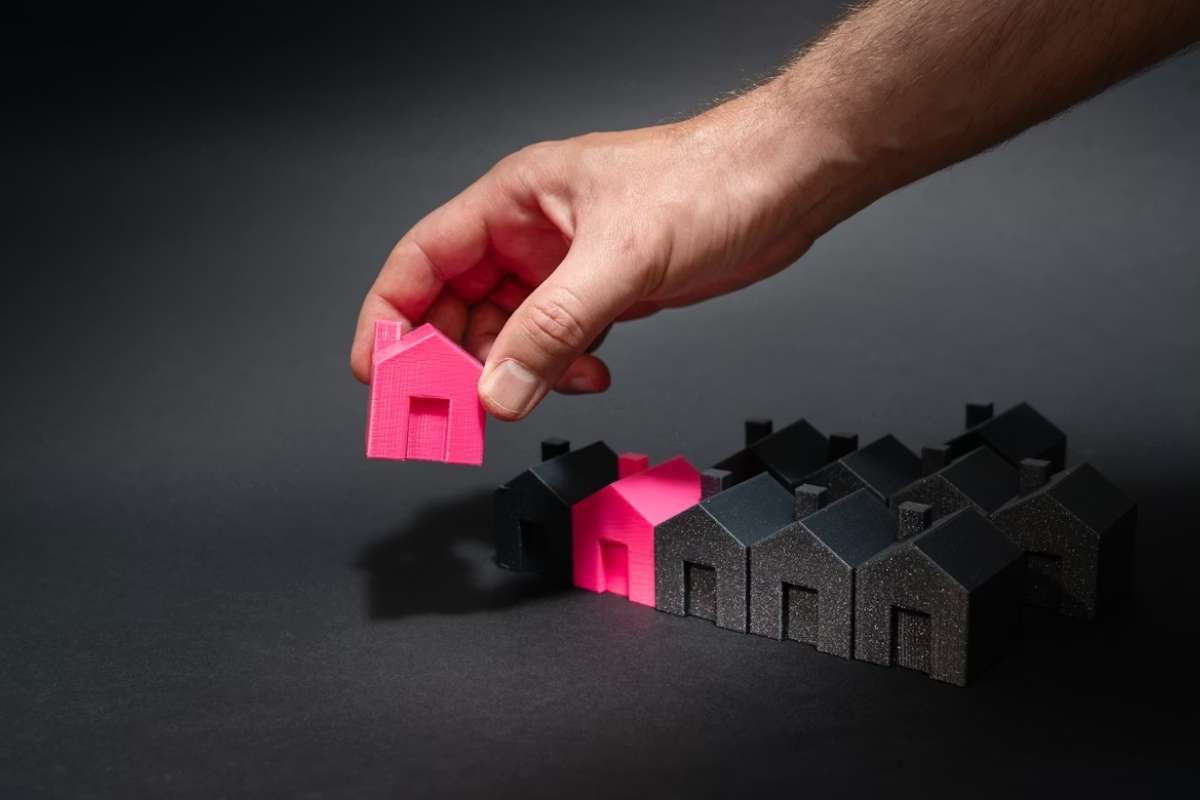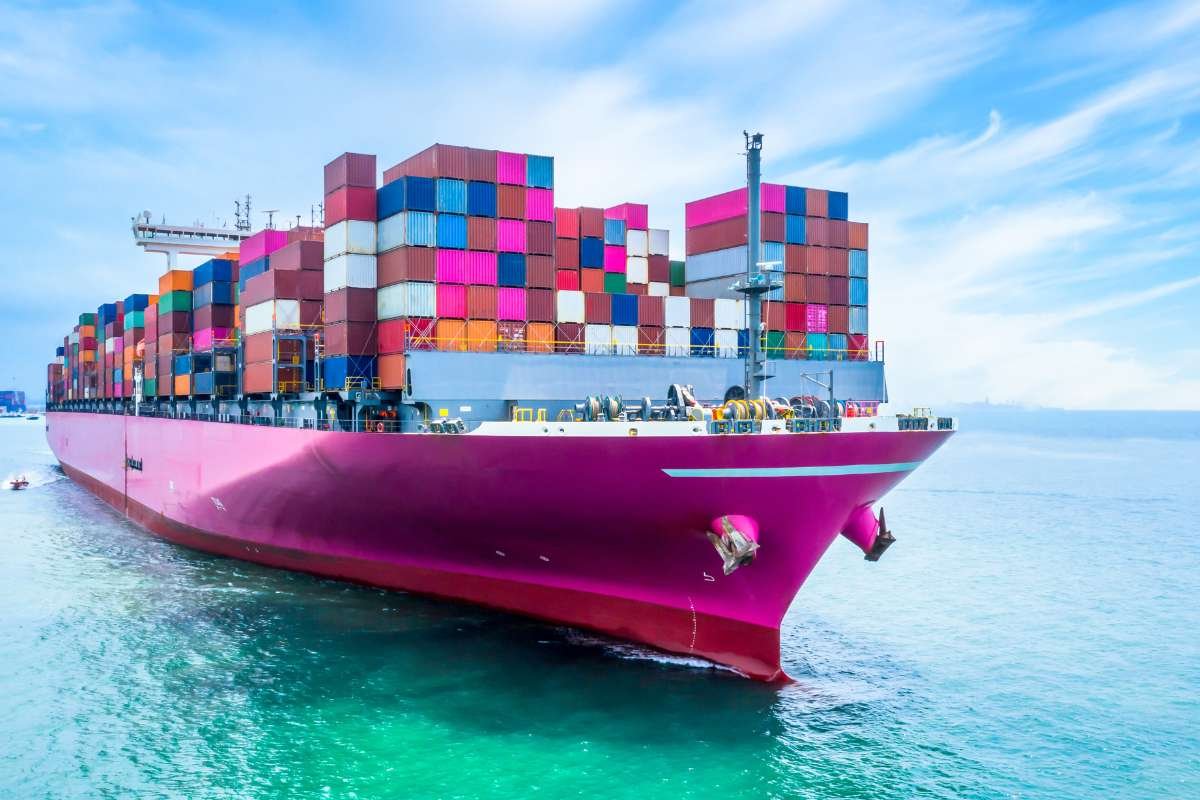As businesses continuously adapt to changing market demands, finding building solutions that offer both flexibility and cost efficiency is becoming increasingly essential. Tension fabric buildings emerge as a standout solution, providing adaptability and affordability for various industrial applications. This article explores how these structures can serve as a pivotal asset for organizations aiming to enhance their operational capabilities without the extensive costs and constraints associated with traditional construction.
The Engineering Behind Fabric Buildings
Tension fabric buildings, characterized by their innovative design, are rapidly becoming a preferred choice for businesses looking to expand quickly and efficiently.
Structure and Design

The architecture of tension fabric buildings is distinguished by its simplicity and effectiveness. The frame, typically modular and engineered for rapid assembly, provides the foundational support. The high-tensile fabric, which drapes over this frame, is then secured at various points to create a robust, shell-like structure. This design allows for quick construction and offers remarkable flexibility in terms of scalability and reconfiguration.
Materials and Construction Process
The materials used in tension fabric buildings are selected for their durability and performance. The fabric cover, usually made from woven polyester or fiberglass coated with PVC or PTFE, is resistant to weather, UV light, and mildew, ensuring longevity and minimal maintenance.
The construction process involves anchoring the frame securely to the ground, followed by the precise tensioning of the fabric to ensure it remains wrinkle-free and structurally sound. This method results in a building that can withstand various environmental challenges while providing a clear, unobstructed internal space that is ideal for storage, manufacturing, or retail environments.
Key Benefits of Tension Fabric Buildings
Offering a host of advantages, these innovative structures are increasingly recognized as a smart choice for businesses looking to expand their facilities with minimal disruption and maximum efficiency.
1. Flexibility and Adaptability

One of the standout features of tension fabric buildings is their inherent flexibility. The design allows for easy expansion, modification, and even relocation if necessary. For instance, a business can start with a basic structure and later expand it by adding more modules. This adaptability is crucial for industries such as logistics and agriculture, where seasonal demands can dictate the need for more space or reconfigured layouts.
2. Cost-Effectiveness
When compared to traditional construction materials like brick, concrete, or steel, tension fabric buildings are significantly more affordable. This cost advantage extends beyond the initial expenditure to include lower ongoing maintenance costs. The materials used in fabric buildings are less expensive and quicker to assemble, reducing labor costs and minimizing the financial impact of downtime during construction.
3. Quick Installation
The speed of installation is another significant benefit. Unlike conventional buildings, which can take several months to complete, a tension fabric structure can be erected in a matter of days or weeks, depending on the size and complexity of the project. This is particularly valuable for businesses that need to respond quickly to market changes or operational demands.
4. Durability
Despite their lightweight construction, tension fabric buildings are designed to endure harsh weather conditions, including heavy snow, high winds, and extreme temperatures. The fabrics used are treated to be UV resistant, waterproof, and flame retardant, ensuring a long service life and reducing the need for frequent replacements. For example, in regions prone to inclement weather, these buildings provide reliable protection for goods and equipment, maintaining their integrity over years of use.
Through these benefits, tension fabric buildings present a compelling case for businesses looking to optimize their operational spaces efficiently and economically. Whether for temporary needs or permanent solutions, their versatility and cost-saving attributes make them an excellent choice for a wide range of industries.
Applications Across Industries

Tension fabric buildings serve a diverse array of sectors, each benefiting from the unique properties of these versatile structures. Below are key industries that effectively utilize tension fabric buildings to meet their specific needs.
1. Agriculture
In the agricultural sector, these buildings provide ideal solutions for storage of grains and feed, housing livestock, and protecting farming equipment from the elements. Their spacious interiors allow easy movement and operation of large machinery, while the controlled environment supports the welfare of animals throughout seasonal changes.
2. Manufacturing
For manufacturing, tension fabric buildings can be quickly erected to serve as temporary or permanent production facilities and warehousing. Their adaptability facilitates swift scale-up operations, accommodating fluctuating production demands without the constraints of traditional fixed structures.
3. Sports and Recreation
These structures are also popular in sports and recreation for housing indoor sports facilities like tennis courts and swimming pools. They offer an enclosed, weather-protected environment ideal for hosting large-scale events and recreational activities, enhancing the participant and spectator experience regardless of external weather conditions.
4. Retail and Commercial
In retail, tension fabric buildings provide flexible, economical solutions for pop-up shops, temporary showrooms, and expanding market footprints. They allow businesses to explore new demographics and test markets without committing to permanent construction, offering a swift setup and breakdown capability.
5. Military and Government
The military and government sectors employ these buildings for various field operations, including disaster relief efforts and temporary housing. Their quick deployment and robust design make them suitable for use in remote or disaster-stricken areas, providing immediate relief and operational support where traditional buildings would not be feasible.
By showcasing such broad applicability, tension fabric buildings prove to be a strategic asset for numerous industries, combining durability and flexibility to meet an extensive range of business demands.
Conclusion
As businesses continue to seek efficient, scalable, and sustainable building options, tension fabric buildings stand out as a prime choice. They not only adapt to immediate needs but also anticipate future expansions, proving their long-term value. Embracing these versatile structures can lead companies to greater operational agility and continued success in their respective fields.
By investing in tension fabric buildings, businesses take a significant step toward innovation in infrastructure, ensuring they remain competitive and resilient in an ever-evolving market landscape.


















